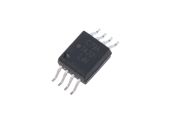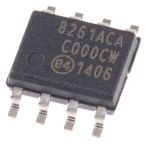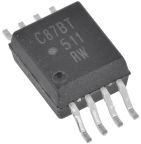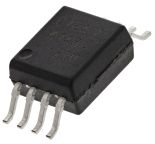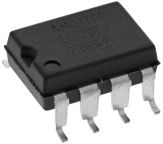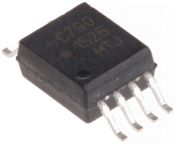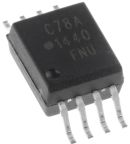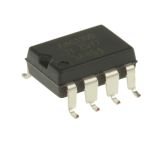Isolation Amplifiers
Isolation Amplifiers are instruments that have been designed to measure the smallest current and voltage signals in the presence of high common mode voltage by providing electrical safety barrier and electrical isolation. They are differential amplifiers that protect data acquisition components from common mode voltages, which are potential differences between instrument ground and signal ground.
How to select a correct isolation amplifier?
There are two main types of isolation amplifiers and the decision of using one or another may depend on several aspects and user needs:
• Single-ended, floating common - an isolated and quasi-balanced input (the floating common is typically connected to the (-) input of differential amplifier). Suitable for off-ground measurements up to breakdown voltage of the isolation barrier, and exhibits very good common mode rejection (100 dB typical).
• Differential, floating common - an isolated and balanced input. Suitable for off-ground measurements of the breakdown voltage of the isolation barrier, and exhibits superb common mode rejection (>120 dB).
What is typical application of isolation amplifiers?
Isolation amplifiers are commonly used in test and measurement or medical devices. Also, they are popular in solar and fuel cells construction to profile the performance of individual series-connected voltage cells.

